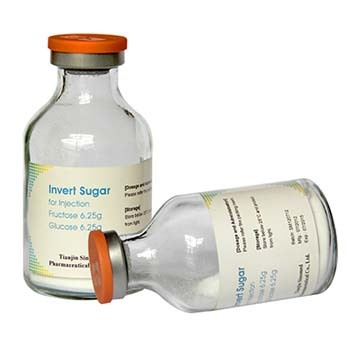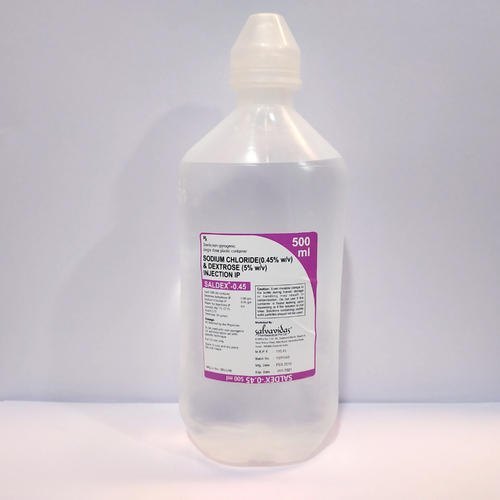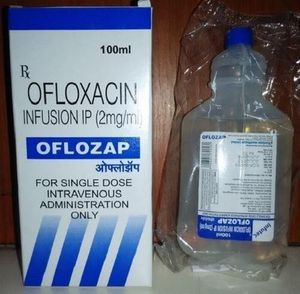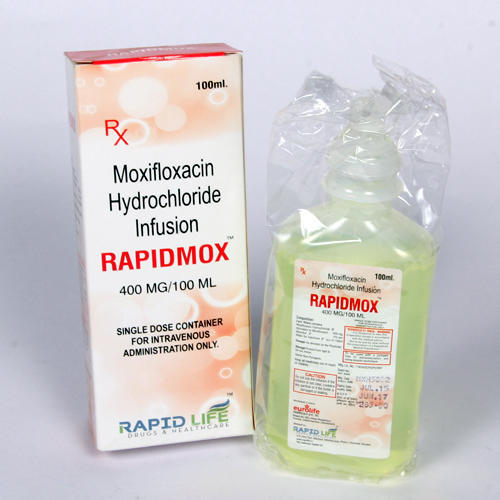Mannitol Injection
Product Details:
- Equipment Type Infusion
- Material Plastic
- Condition New
- Wall Mounted Yes
- Use INFUSIONS
- Click to View more
Mannitol Injection Price And Quantity
- 1.00 - 2.00 USD ($)/Unit
- 100 Unit
Mannitol Injection Product Specifications
- New
- Plastic
- Infusion
- Yes
- INFUSIONS
Mannitol Injection Trade Information
- Nhavasheva Port, Hajira Port, Mundra Port.
- Western Union, Letter of Credit (L/C), Telegraphic Transfer (T/T), Cash in Advance (CID), Cash Advance (CA)
- 1000 Unit Per Day
- 5-6 Days
- Yes
- If order is confirmed we will reimburse the sample cost
- Monocarton pack with leaflet.
- Australia, North America, South America, Eastern Europe, Western Europe, Middle East, Central America, Africa, Asia
- All India
- EUGMP/WHOGMP/GMP
Product Description
Mannitol intravenous (Mannitol Injection, USP) is a sterile, nonpyrogenic solution of mannitol in water for injection available in concentrations of 15%, 20% in flexible plastic containers and 25% in a fliptop vial for administration by intravenous infusion only.Concentrations up to 20% may contain sodium bicarbonate for pH adjustment; the 25% concentration may contain sodium bicarbonate and/or hydrochloric acid.
The solutions contain no bacteriostat, antimicrobial agent or added buffer (except for pH adjustment) and each is intended only as a single-dose injection. When smaller doses are required the unused portion should be discarded. Mannitol Injection, USP is a parenteral obligatory osmotic diuretic.Mannitol, USP is chemically designated D-mannitol (C6H14O6), a white crystalline powder or free-flowing granules freely soluble in water.
It has the following structural formula.The flexible plastic container is fabricated from a specially formulated polyvinylchloride. Water can permeate from inside the container into the overwrap, but not in amounts sufficient to affect the solution significantly. Solutions in contact with the plastic container may leach out certain chemical components from the plastic in very small amounts; however, biological testing was supportive of the safety of the plastic container materials. Exposure to temperatures above 25°C/77°F during transport and storage will lead to minor losses in moisture content. Higher temperatures lead to greater losses. It is unlikely that these minor losses will lead to clinically significant changes within the expiration period.











